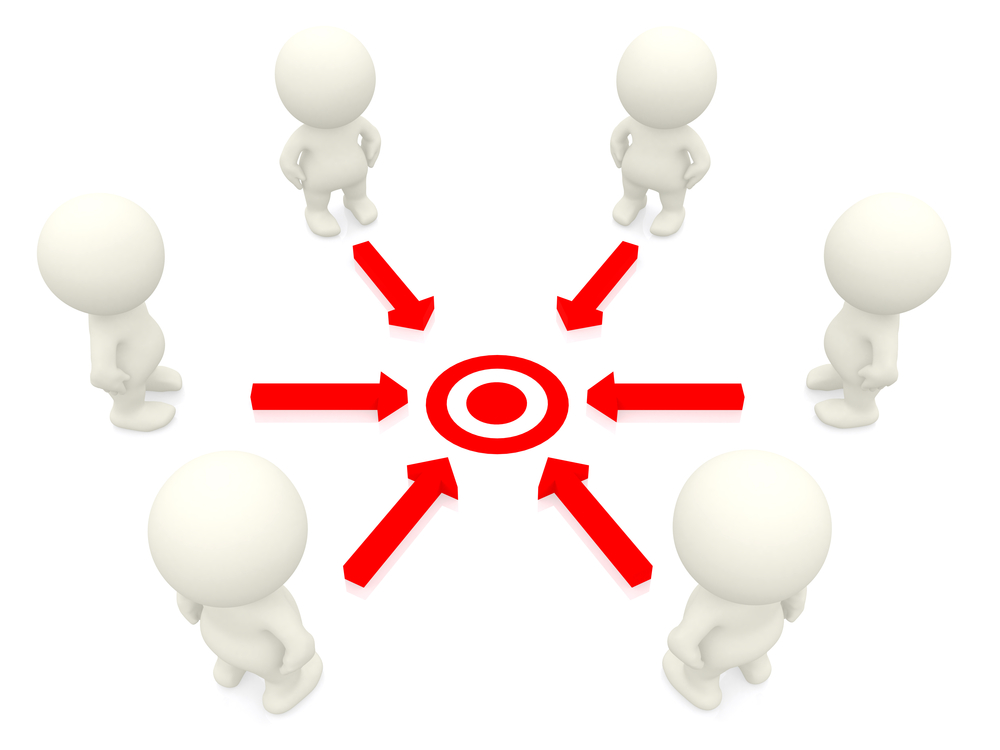Merging HubSpot Portals: Should You Do It Yourself?

Let’s start with the spoilers: Is merging two existing HubSpot portals into one a “do it yourself” project? If you were hoping for ‘sure, knock yourself out’, we’re sorry to say it’s not quite so straightforward. The answer is something of a fence-sitter - ‘it depends’. And if you have more than two HubSpot accounts to consolidate, the requirements can make a DIY job even more challenging.
Let’s start with the customary housekeeping.
What is HubSpot portal consolidation?
HubSpot portal consolidation is the process of moving your HubSpot CRM records, objects and workflows from one HubSpot portal to another.
Here’s the catch. No two HubSpot portal consolidations are the same. And, depending on your approach, not all records, objects and workflows are guaranteed to make the transition intact, or even at all. We’ll get to that.
When would you need to consolidate HubSpot portals?
Let’s chalk-off two typical scenarios, the first of which subdivides into sub scenarios.
- HubSpot consolidation post-merger and acquisitions (M&A)
- HubSpot consolidation for perceived cost-savings
It’s worth noting that scenario 2 can be a supporting motivator behind post M&A HubSpot portal consolidations.
That said, as a sole motivator, consolidating HubSpot merely to reduce license costs can be short-sighted, leading to productivity-related opportunity costs down the road that you may not even be aware of - we’ll expand on this.
HubSpot portal consolidation following merger and acquisition (M&A)
Broadly speaking, there are three M&A scenarios that can trigger HubSpot portal consolidation:
- Your company acquires another, also with a pre-existing HubSpot account, consolidating the two portals makes sense, at least to better-integrate sales and marketing workflows.
- Your company sells-off a business unit and the company acquiring it wants to leverage the CRM data for the division they’re acquiring.
- Your company merges with another, triggering a major rebrand of your HubSpot assets, such as templates, workflows, forms and so-on.
Ok, onto the ‘perceived cost-cutting’ scenario.
Should you consolidate HubSpot just to reduce license costs?
Suppose your CFO questions the logic of running two or more HubSpot portals, each with its own license cost. It doesn’t really make sense, right?
Or does it? Here’s the thing:
Reducing active HubSpot licenses to ‘save a quick buck’ - eclipsing a golden opportunity to re-implement HubSpot for performance. By doing so, the potential productivity and revenue gains can dwarf the meager cost-savings made with genetically trying to reduce license costs.
When to consolidate HubSpot portals yourself
A quick disclaimer: In the words of Firefox’s ‘ms:config’ arrival page, ‘here there be dragons’. While automation tools for ‘DIY’ HubSpot consolidation exist covering all of the scenarios covered, more complex HubSpot assets and workflows will require an expert touch and manual heavy lifting.
HubSpot to HubSpot migration tool
Using Bayard Bradford’s HubSpot to HubSpot portal migrator, you may be able to solve for the following scenarios (though don’t run before you walk).
- Migrate HubSpot data from one pre-existing HubSpot portal to a new one
- Combine two existing portals into one
- Consolidate multiple portal
- Populate a sandbox for testing
That’s the theory. Here are some key considerations if you choose to go it alone with DIY HubSpot portal mergers.
What *will* the HubSpot to HubSpot migrator actually migrate?The good news? If you decide to go it alone with HubSpot portal consolidation, here’s what you can expect Bayard Bradford’s HubSpot-to-HubSpot portal migrator to safely transfer.
|
What WON'T the HubSpot to HubSpot migrator actually migrate?The bad news? In no single scenario will the HubSpot to HubSpot portal migrator (linked above) migrate the following:
|
“Became a customer” and other historical dataIt’s worth mentioning that ‘Read Only’ historical data points - such as “Became a Customer On” and “Original Source Drill-Down” - can not be written into the destination HubSpot portal, by us or anyone else.The workaround? Instead of directly mapping them, we’d recalculate the formulas post-migration. It’s the same for web analytics data that’s also read-only. The positives? Deal "Created Date" property, and Ticket "Created Date" property would absolutely be migrated to the destination portal. |
Still worried about losing important reporting data?
|
DIY HubSpot consolidation Vs. full, managed re-implementation
So far, we’ve covered scenarios and considerations when sizing up whether or not to perform HubSpot portal consolidations under your own steam.
The question remains, even if you can, is it a good idea? It’s a question open to debate and entirely dependent on context.
- Do you have the time to plan diligently? Are you clear on what you might lose?
- Do you have room for troubleshooting if something breaks?
- Will 1:1 mapping of HubSpot objects cause data hygiene issues? If any of the incoming portals contain overlapping or broken data, 1:1 migration creates more problems than it solves.
If you need your consolidation outcomes to elevate what HubSpot can bring to the table, then consider managed HubSpot re-implementation prior to portal consolidation. This is particularly advisable in M&A scenarios where inadvertently importing data issues from merging business units is a real possibility.
By fully re-implementing HubSpot, you’ll significantly augment your HubSpot capabilities. In short, you’ll have a fine-tuned RevOps engine geared for productivity with:
- Better integrated multi-unit sales processes
- More coherent marketing to sales handoff
- More coherent customer success handoff
- More meaningful reporting across business units
- Smoother, more productive workflow automations
You’ll also emerge with a cleaner, more unified customer & prospect database, with established systems of governance over your HubSpot assets.
What are the options for full HubSpot re-implementation?
It comes down to these two routes:
- Full HubSpot re-implementation into an existing HubSpot portal
- Full HubSpot re-implementation into a new HubSpot portal
Pretty straight forward at surface level, right? Of course, there are pros and cons to each.
Re-implementing HubSpot into:
| Advantages | Disadvantages | |
another
|
|
|
A new
|
|
|




